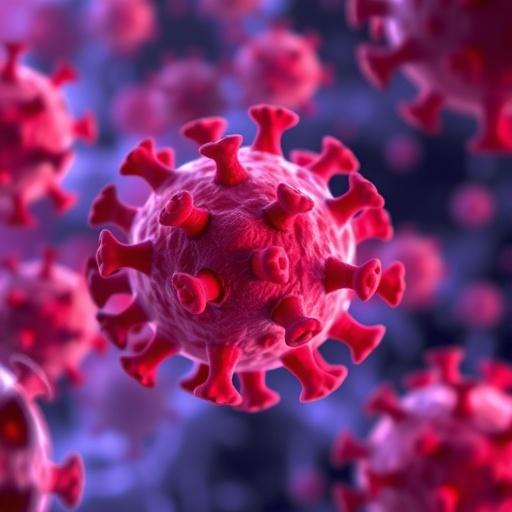
Credit: Free-Photos, Pixabay
The risk of mortality, and of developing a number of cancers, is lowest in light drinkers consuming an average of less than one drink per day across their lifetime, and the risk of some cancers increases with each additional drink per week, according to a new study, published this week in PLOS Medicine by Andrew Kunzmann of Queen's University Belfast, and colleagues.
In comparison, current U.S. guidelines recommend no more than 2 drinks per day for men and no more than 1 drink per day for women.
Even light-to-moderate levels of alcohol intake have previously been linked to increased cancer risk. At the same time, research has demonstrated a "J-shaped" risk curve relating alcohol intake to all-cause mortality, suggesting some protective effect of light-to-moderate drinking, particularly for death from cardiovascular disease. Those results have led to mixed public health messages. The new study analyzed whether combined risk of cancer or death from any cause differed in individuals with different alcohol intakes across their entire lifetime, using data from 99,654 individuals around the US who were followed for an average of 8.9 years as participants in the Prostate, Lung, Colorectal, and Ovarian Cancer Screening Trial. Alcohol use was measured using a diet history questionnaire administered between 1998 and 2000.
During the study, 9,559 deaths and 12,763 primary cancers occurred among the participants. The expected J-shaped relationship between overall mortality and alcohol consumption was seen: in comparison to lifetime light alcohol drinkers (1-3 drinks per week), lifetime never or infrequent drinkers (
The analysis is limited to older adults and may be confounded by socioeconomic factors, and the findings should not be taken to support a protective effect of light drinking, the authors caution.
"This study provides further insight into the complex relationship between alcohol consumption, cancer incidence, and disease mortality and may help inform public health guidelines," the authors say.
###
Research Article
Funding:
The Prostate, Lung, Colorectal, and Ovarian Cancer Screening Trial is supported by the Intramural Research Program of the Division of Cancer Epidemiology and Genetics, and contracts from the Division of Cancer Prevention, National Cancer Institute, National Institutes of Health, Department of Health and Human Services. The funders had no role in study design, data collection and analysis, decision to publish, or preparation of the manuscript.
Competing Interests:
The authors have declared that no competing interests exist.
Citation:
Kunzmann AT, Coleman HG, Huang W-Y, Berndt SI (2018) The association of lifetime alcohol use with mortality and cancer risk in older adults: A cohort study. PLoS Med 15(6): e1002585. https://doi.org/10.1371/journal.pmed.1002585
Author Affiliations:
Centre for Public Health, Queen's University Belfast, Belfast, Northern Ireland
In your coverage please use this URL to provide access to the freely available paper: http://journals.plos.org/plosmedicine/article?id=10.1371/journal.pmed.1002585
Media Contact
Andrew Kunzmann
[email protected]
Related Journal Article
http://dx.doi.org/10.1371/journal.pmed.1002585





